Title: What is Code?|
Author: Paul Ford
Publication: Bloomberg Businessweek
Release date: June 11, 2015
Website: http://www.bloomberg.com/graphics/2015-paul-ford-what-is-code/
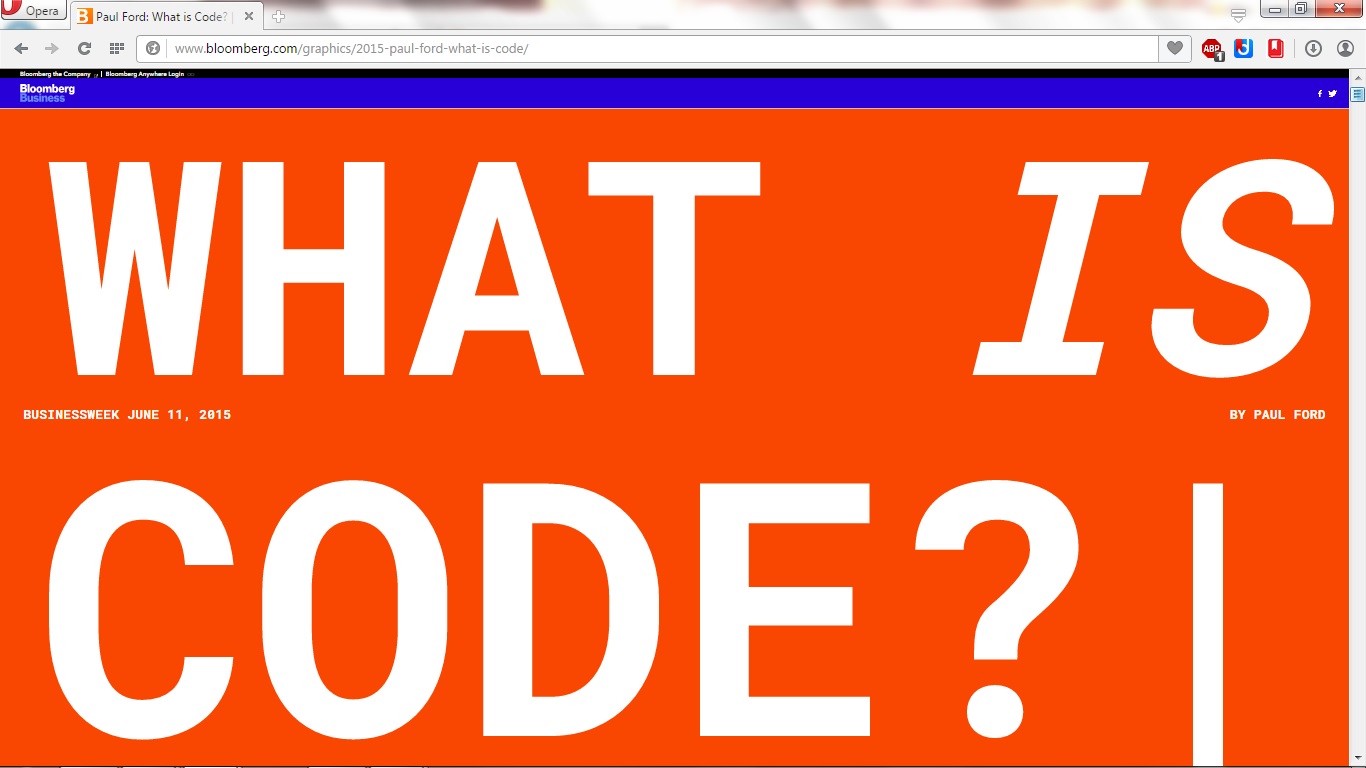
You know the piece is going to be different from the usual fare when the title has a blinking cursor at its end (how do you include a blinking cursor in a citation? ah, yes, through code: What is Code?| ).
(function($) {
$(function() {
setInterval ( function () {
$(".blinking-cursor").each (
function() {
var b=$(this);
b.css("visibility", (b.css("visibility")=="hidden") ? "visible" : "hidden");
}
)
}, 500);
})
})(jQuery);
Paul Ford’s “What Is Code?” exemplifies the best of webtext capabilities by using a range of textual features—linguistic, visual, interactive, collaborative–to enact the argument that it’s important to understand software code.
We are here because the editor of this magazine asked me, “Can you write me an essay about what code is?” — Paul Ford
Ford makes clear his audience: It’s important to understand software code whether you’re a vice president in charge of a project involving “some Internet thing” trying to wrangle a budget and date out of the development team, a Microsoft Excel spreadsheet user, Xbox player, a coder of few–or many–years, a Tesla driver, a Samsung smart TV owner,–well, anyone and everyone because all our lives are impacted by software code that we need to understand.
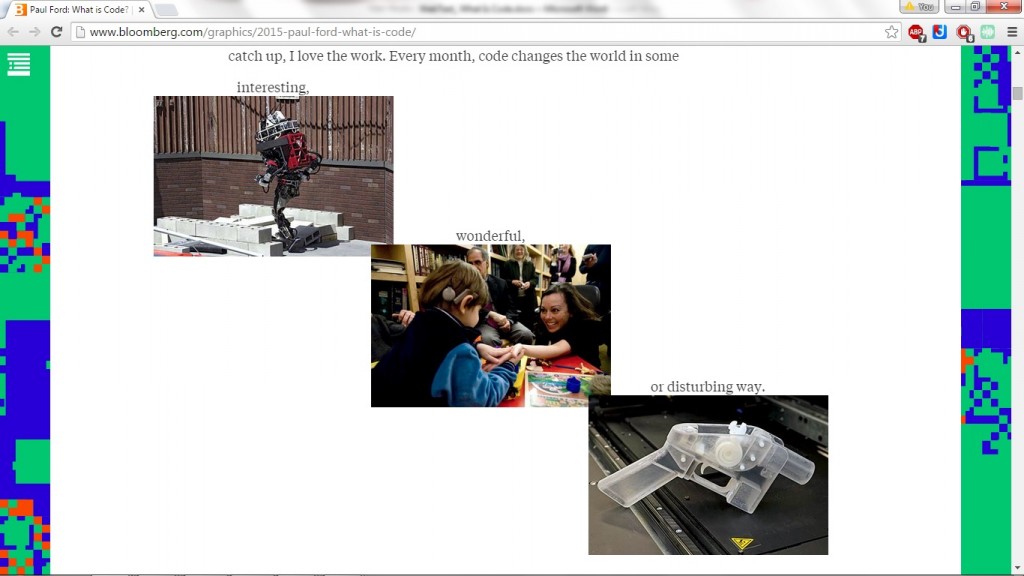
The audience is not only acknowledged, but also invited to participate in the knowledge-building process, not just through the article’s interactive features, but also on the article’s accompanying github repository (https://github.com/BloombergMedia/whatiscode), a move inviting participation from the open source community. There, users have suggested code edits and other amendments, including citations. This webtext is even more meta: It uses and engages a variety of technology for producing a text about technology, one that invites continued interaction.
Another reason—if another reason is necessary—Ford’s piece stands out from so many other web articles is its length: 38,000 words, according to the article’s certificate of completion, which asks if it can use your webcam to add your photo to personalize your certificate of article completion. Ford’s piece is proof that long-form journalism–complete with context-sensitive pop-up “footnotes”–can exist on the web, despite the perception that web articles need to be short corresponding to supposedly brief online attention spans. Articles like this provide a model for web-based, digital journalism.
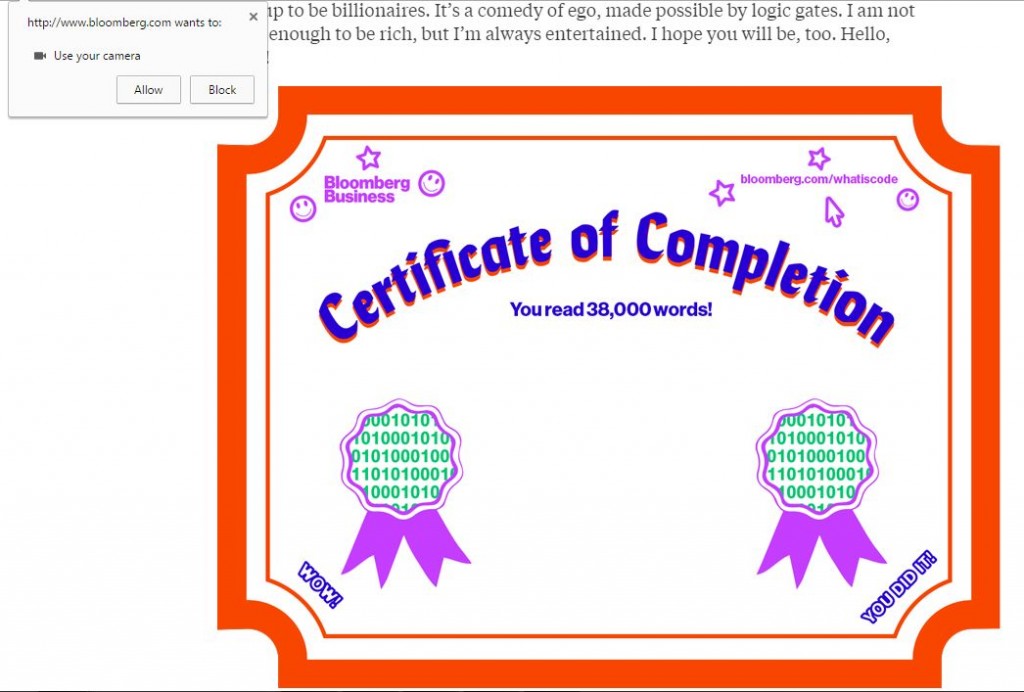
But the article doesn’t just use words to make its argument; it uses audience interaction appropriate to the argument, such as asking to use your webcam to add your photo to the certificate of completion. Want to practice a little coding? The article has a taste of it for those who choose.
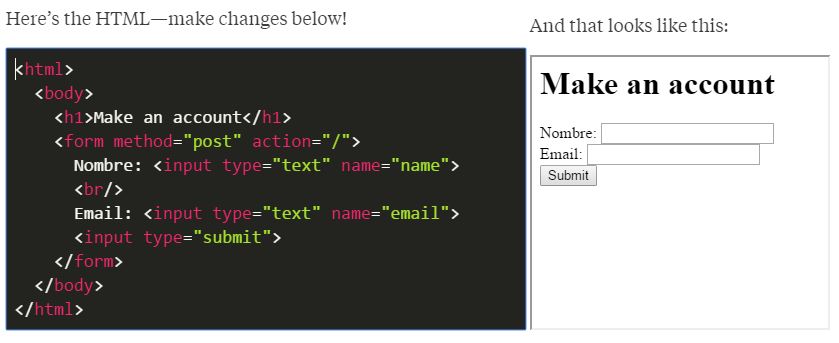
A team of Bloomberg designers developed Ford’s article (which worked consistently on the four browsers I tried) into a multimodal text with about 100 graphic elements– depending on your definition of “graphic”–including embedded videos and code authoring, animated gifs, charts, and more. Need a logic gate circuit diagram? The article’s got it. Want to see a demonstration of how websites can monitor users? The article’s got it.
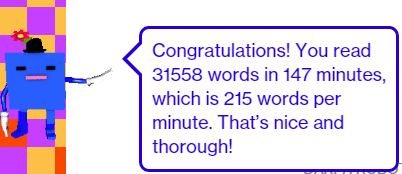
What Ford’s article engages in is not merely telling, but showing. For example, one interactive infographic demonstrates that it’s not just code and coding languages that you need to understand, but the hardware, the computer, that it runs on. As Ford explains, “This is simulated circuitry that’s computing as you watch. The switches on the left turn the current on and off at random, and the logic gates direct the flow of the current. Click the boxes to change the circuits. Enough of these can compute anything computable.” The webtext engages the audience through affordances such as these dynamic infographics.
Ford complicates more than just the concept of code, but also the notion of computer: With its tracking wrist band, Disney is a computer. He claims, “You, using a pen and paper, can do anything a computer can; you just can’t do those things billions of times per second.” The exigence behind Ford’s article–which came at request by editor Josh Tyrangiel to explain code–is the sheer impact of code on every day life: “So many things are computers, or will be. That includes watches, cameras, air conditioners, cash registers, toilets, toys, airplanes, and movie projectors. Samsung makes computers that look like TVs, and Tesla makes computers with wheels and engines. Some things that aren’t yet computers—dental floss, flashlights—will fall eventually.”

Ford goes beyond code and the computer to address data, where and how information is stored and how code interacts with it. He also touches on another important d word: the demographics–some of them–of those who code in the biggest technology companies. In the era of GamerGate and other forms of internet harassment, who makes decisions about the code that is so influential in our lives is worth consideration. That said, Ford observes that there are a lot of coders out there, even if they may not be working at the most influential companies: “You probably already do code. You do it in Excel or Google Spreadsheets. You run little processes in a sequence or do a series of find-and-replace routines in a big document.” And that may be one of the most important points Ford makes: It’s worth understanding code because you’re probably already coding.
This innovative article touches on the importance of medium, something it experiments with, building in interactive affordances, such as code simulators and, my favorite, Easter Eggs (multimodal Easter Egg!). Linking medium with this discussion of code and computers and invoking a Baudrillardian sensibility, Ford writes, “Take a bunch of pulses of light reflected from an optical disc, apply some math to unsqueeze them, and copy the resulting pile of expanded impulses into some memory cells—then read from those cells to paint light on the screen. Millions of pulses, 60 times a second. That’s how you make the rubes believe they’re watching a movie.”
The article also includes a movie of its own, a remediation of the article into a video, a condensed version of the argument:
This webtext isn’t just technical demonstrations. In addition to the statistics-reporting bot that accompanies the reader through the article, it has a narrative with a few archetype characters, including The Man in the Taupe Blazer (TMitTB), the code-savvy employee responsible for coordinating the business’s coding and code-related decision-making processes, and a second person “you” representing a Vice President aspiring to be a Senior Vice President who is less familiar with technology. Elsewhere, we see a CTO (female) and teams of programmers. There’s the actual audience, who may be TMitTB, “you,” the CTO, or some other perspective (this report rang true with my experience working in the software industry; others seem to agree).
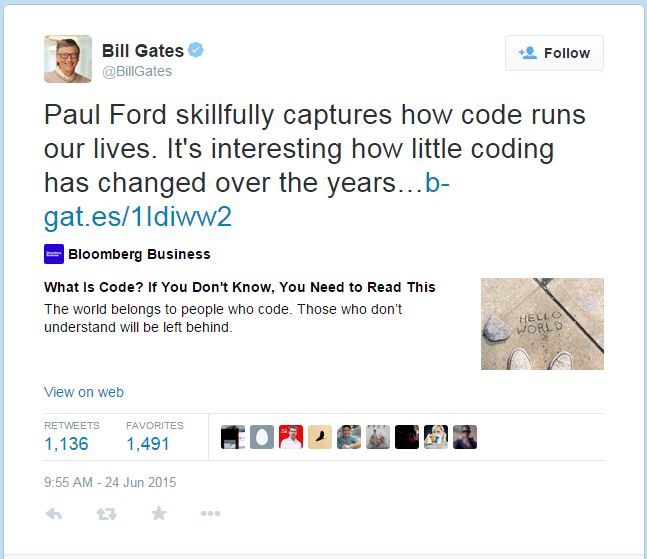
Ford himself also narrates the argument, admitting that he’s also been TMitTB, “the person who brings the digital where it’s not welcome and is certain that his way is better” and faced resistance. He understands now why the conversion or inclusion to the digital “might not be welcomed—why an executive, an editor, or a librarian might not enjoy hearing about his entire world being upended because someone has a new toy in his pocket.” Ford balances insider and outsider audience perspectives as he writes knowledgeably about programmer culture, including how programming meetings are held: two pizzas vs. standup (standups being currently in vogue for Scrum development); the odd and sometimes uncomfortable language in software development offices: agile development, server, scrum master, branch, tree, version control, and all those different languages: Ruby, Python, Perl, Lisp; and the difficulties developers have communicating what they do with the rest of the business.
This webtext continues in the tradition of such powerful journalistic webtexts as The New York Times’ 2012 “Snow Fall: The Avalanche at Tunnel Creek,” our first webtext-of-the-month. Lest the audience doubt the connection, the article’s helpful bot companion alludes to Snow Fall:

At nearly three years on from “Snow Fall’s” publication, “What Is Code” extends the audience’s involvement in the webtext by providing the audience with the opportunity to immerse themselves in code by writing and interacting with code in a variety of ways.
Elsewhere, Bloomberg has engaged with other interesting web textual displays such as in the animated interactive infographics in Eric Roston and Blacki Migliozzi’s article “What’s Really Warming the World?” It will be interesting to see how Bloomberg in specific and journalism in general continue to evolve.

Go read “What is Code?” Read it multiple times. Each time, you’ll get something different out of it, if for no other reason than because the dynamic article provides opportunities for different interaction each time the audience accesses it. This article aligns with opportunities for discussions of the functional, critical, and rhetorical literacies Stuart Selber theorizes in Multiliteracies. This cultural history and analysis is a snapshot of current and historical coding, but it signals a future impacted by code, too. As Ford asks, “who knows what the next 10 or 20 years will bring?”
